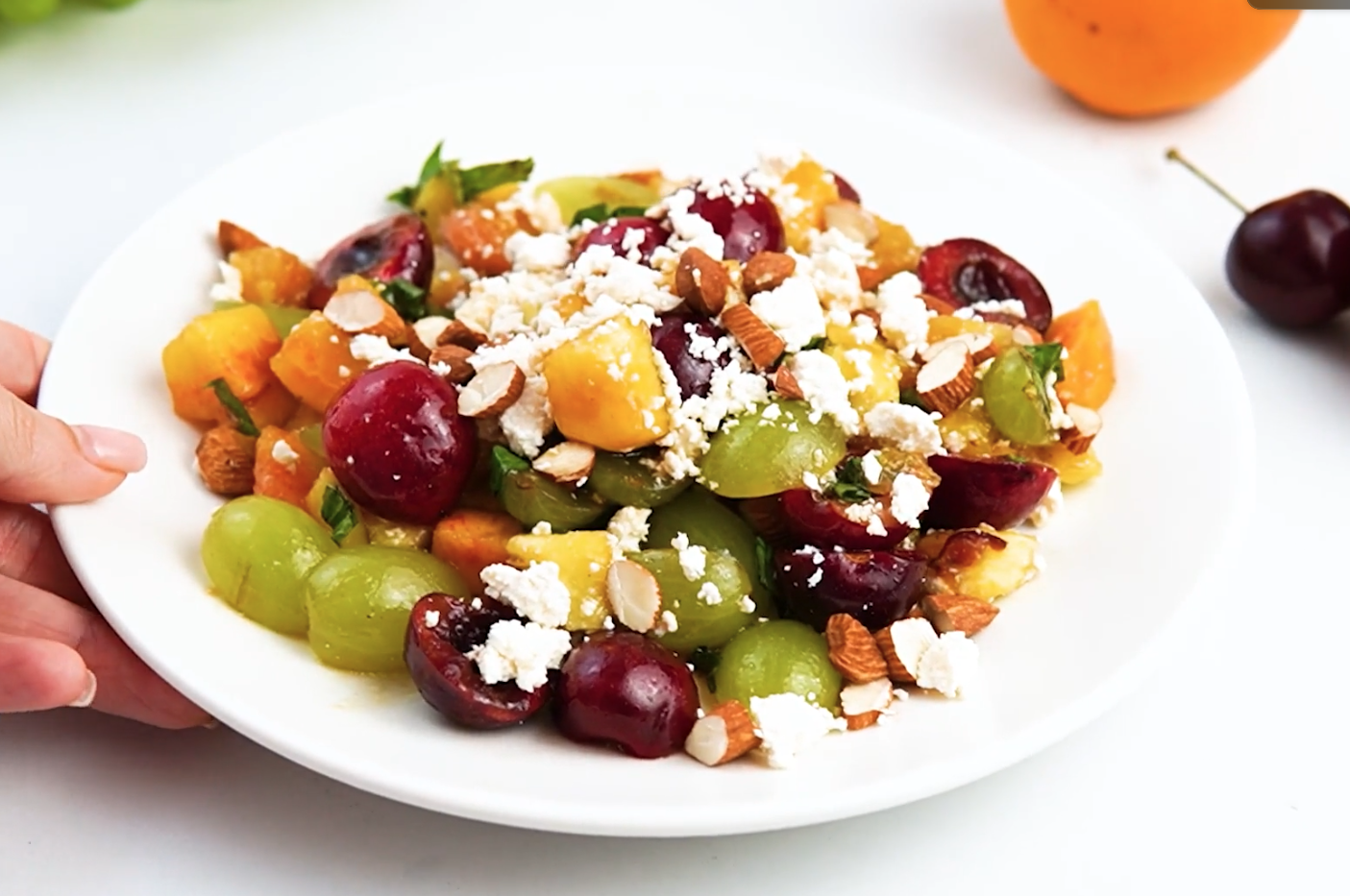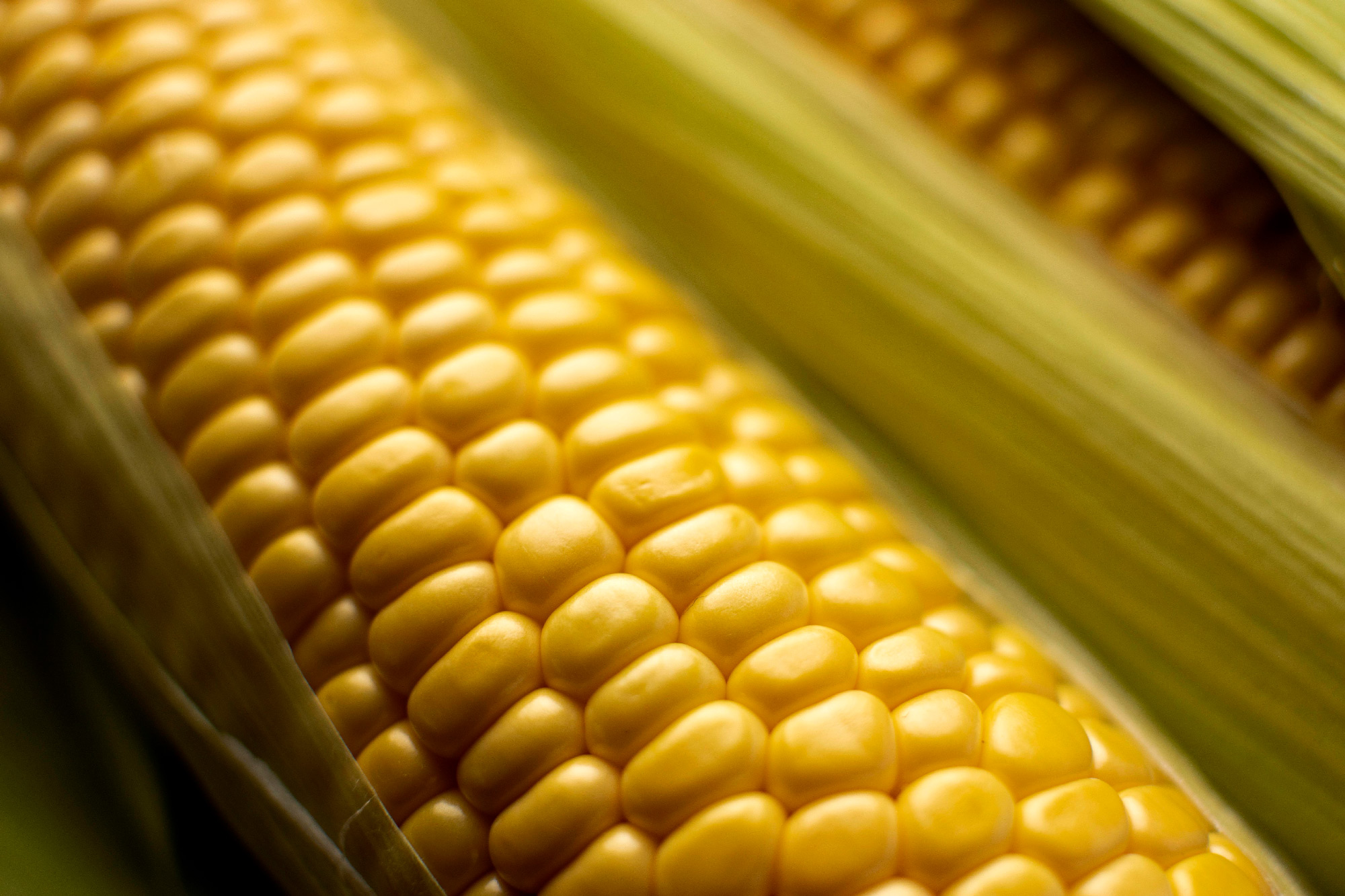Why Sustainable Packaging is the Future for Produce Companies
Date
Share:
In today’s increasingly eco-conscious world, sustainability is no longer just a buzzword – it’s a necessity. And for produce companies, adopting sustainable packaging practices is not only good for the planet, but also for their bottom line. The demand for sustainable packaging is on the rise, driven by consumer awareness and legislative changes that prioritize environmental protection. From compostable materials to biodegradable options, the options for sustainable packaging are expanding rapidly.
Why should produce companies invest in sustainable packaging? It all comes down to the triple bottom line: people, planet, and profits. Sustainable packaging helps reduce waste, minimize greenhouse gas emissions, and conserve resources, easing the burden on the environment. Additionally, it can strengthen a brand’s reputation, attracting environmentally-conscious consumers who are willing to pay a premium for sustainable products. The benefits extend beyond environmental impact, as sustainable packaging can also improve operational efficiency and cut costs in the long run.
As the future of the produce industry becomes increasingly intertwined with sustainability, implementing environmentally-friendly packaging practices is not just an option – it’s a strategic imperative. In this article, we will explore the various reasons why sustainable packaging is the future for produce companies and how they can embrace this trend to secure a competitive advantage.
The importance of sustainable packaging in the produce industry
The produce industry is a significant contributor to the global packaging market, with fruits and vegetables accounting for a significant portion of the total packaged food market. However, traditional packaging methods have a considerable environmental impact, from the extraction of raw materials to the disposal of waste. In contrast, sustainable packaging aims to minimize this impact by reducing waste, conserving resources, and minimizing greenhouse gas emissions.
Moreover, sustainable packaging is increasingly becoming a consumer expectation, with surveys showing that consumers are willing to pay more for products that are environmentally friendly. In response, many companies are now prioritizing sustainability in their packaging, leading to a growing demand for sustainable packaging options.
Benefits of sustainable packaging for produce companies
Sustainable packaging has numerous benefits for produce companies. Firstly, it helps reduce waste, which can save money on disposal costs. Secondly, it minimizes the environmental impact of packaging, which can improve a company’s reputation and attract environmentally conscious consumers. Thirdly, it can improve operational efficiency by reducing the weight and volume of packaging, leading to lower transportation costs. Finally, it can help companies comply with local and international regulations on environmental protection.
Environmental impact of traditional packaging methods
Traditional packaging methods have a significant impact on the environment. For example, plastic packaging contributes to the global plastic waste problem, which is estimated to reach 12 billion metric tons by 2050. Furthermore, the production of plastic requires the use of fossil fuels, contributing to greenhouse gas emissions. Additionally, traditional packaging materials such as Styrofoam and PVC are not biodegradable and can take centuries to decompose. Thus, the use of traditional packaging methods is unsustainable and has a significant impact on the environment.
Sustainable packaging options for produce companies
Sustainable packaging options for produce companies are expanding rapidly. Compostable materials, such as polylactic acid (PLA) and cellulose, are becoming increasingly popular. These materials are derived from plant-based sources and can be composted at home or in industrial composting facilities. Biodegradable plastics, such as polyhydroxyalkanoates (PHA) and polycaprolactone (PCL), are also gaining popularity. These materials decompose naturally and do not require industrial composting facilities. Furthermore, reusable packaging, such as glass jars, metal tins, and cloth bags, is an excellent way to reduce waste and conserve resources.
How sustainable packaging can enhance brand image and customer loyalty
Sustainable packaging can help companies enhance their brand image and customer loyalty. Consumers are increasingly seeking out environmentally friendly products, and sustainable packaging is an excellent way to communicate a company’s commitment to sustainability. Companies that prioritize sustainability in their packaging can attract and retain environmentally conscious consumers, who are willing to pay a premium for sustainable products. Moreover, sustainable packaging can improve a company’s reputation and differentiate it from its competitors.
Case studies of successful sustainable packaging initiatives in the produce industry
Many produce companies have already embraced sustainable packaging and have seen significant benefits. For example, Del Monte Fresh Produce introduced a sustainable packaging line made from plant-based materials, reducing its use of traditional plastic packaging. As a result, the company saw a 65% reduction in greenhouse gas emissions and a 50% reduction in water usage in its packaging process. Furthermore, the company’s sustainable packaging line was well received by consumers, leading to an increase in sales.
Challenges and considerations for implementing sustainable packaging
Despite the numerous benefits of sustainable packaging, implementing it can be challenging. One of the main challenges is the lack of standardization in sustainable packaging materials and processes. This can make it difficult for companies to choose the right sustainable packaging option for their products. Additionally, sustainable packaging options can be more expensive than traditional packaging options, which can be a barrier to adoption for some companies. Finally, companies must consider the entire lifecycle of their
packaging, from production to disposal, to ensure that their sustainable packaging practices are truly environmentally friendly.
Cost analysis of sustainable packaging for produce companies
While sustainable packaging options can be more expensive than traditional packaging options, they can also lead to cost savings in the long run. For example, reducing the weight and volume of packaging can lead to lower transportation costs. Additionally, sustainable packaging can help companies comply with local and international environmental regulations, avoiding fines and penalties. Finally, sustainable packaging can improve a company’s reputation, attracting environmentally conscious consumers who are willing to pay a premium for sustainable products.
Resources and organizations supporting sustainable packaging in the produce industry
Numerous resources and organizations support sustainable packaging in the produce industry. The Sustainable Packaging Coalition is a non-profit organization that provides resources and guidance on sustainable packaging. Additionally, the Ellen MacArthur Foundation is a global organization that works to accelerate the transition to a circular economy, including sustainable packaging. Finally, local and national environmental protection agencies can provide guidance on environmental regulations and sustainable packaging options.
Conclusion: Embracing sustainable packaging for a greener future
Sustainable packaging is the future of the produce industry. It helps reduce waste, minimize greenhouse gas emissions, and conserve resources, easing the burden on the environment. Moreover, it can improve a company’s reputation and attract environmentally conscious consumers who are willing to pay a premium for sustainable products. While implementing sustainable packaging can be challenging, the benefits are significant. Companies that prioritize sustainability in their packaging can secure a competitive advantage in a world where sustainability is increasingly becoming a consumer expectation.


